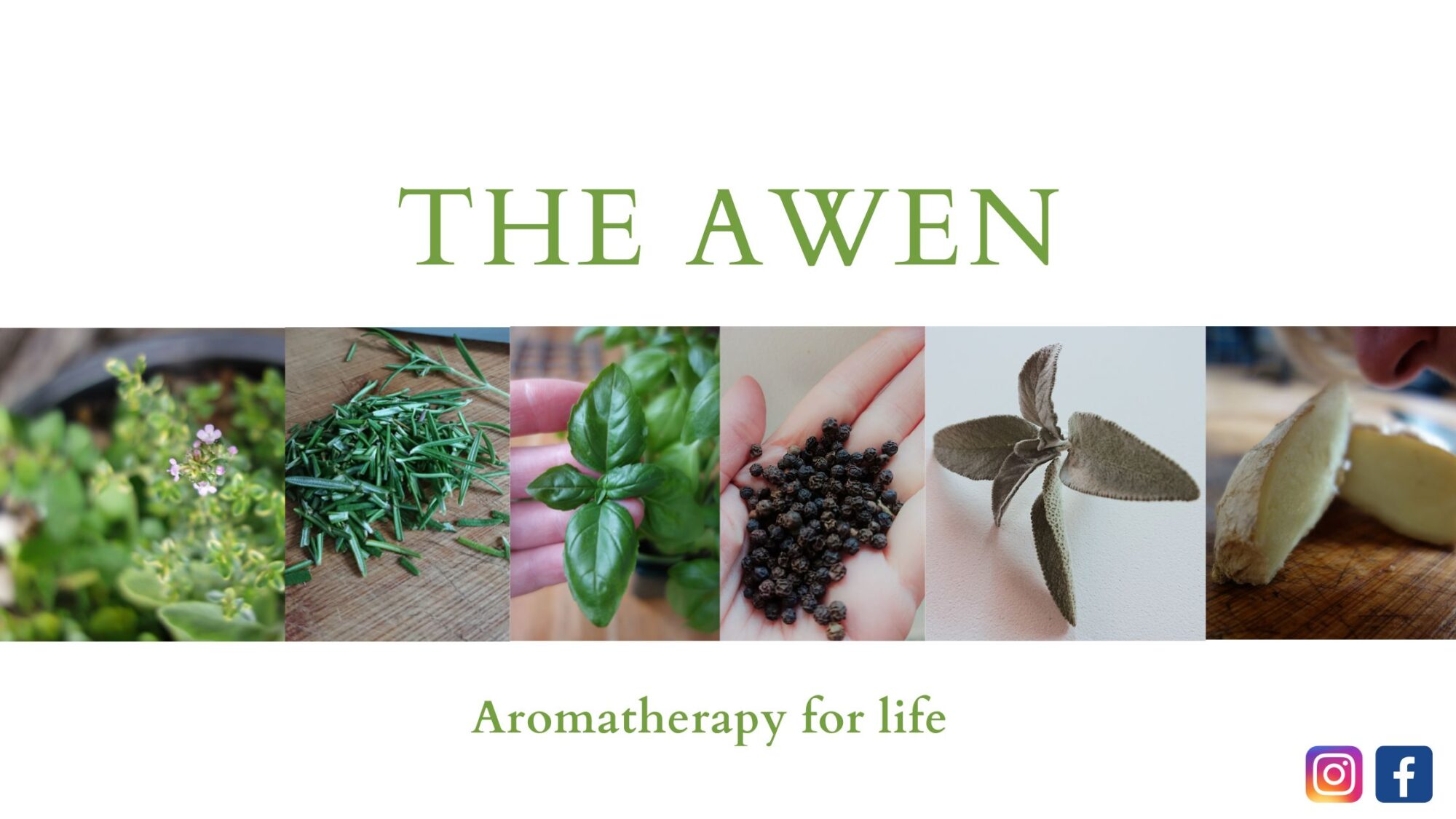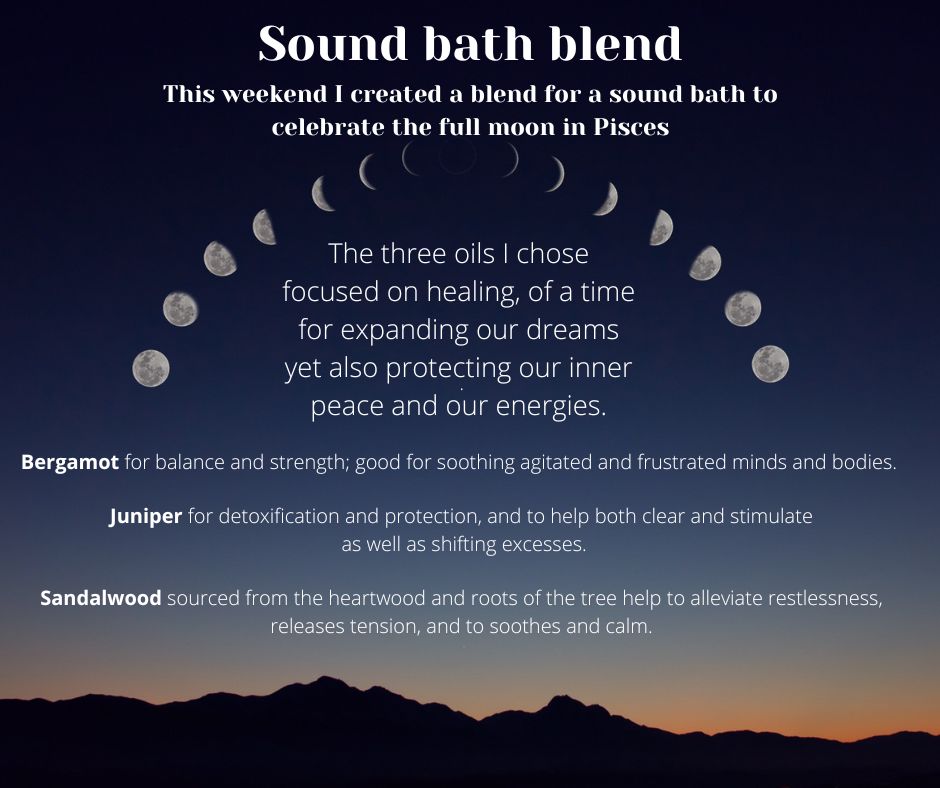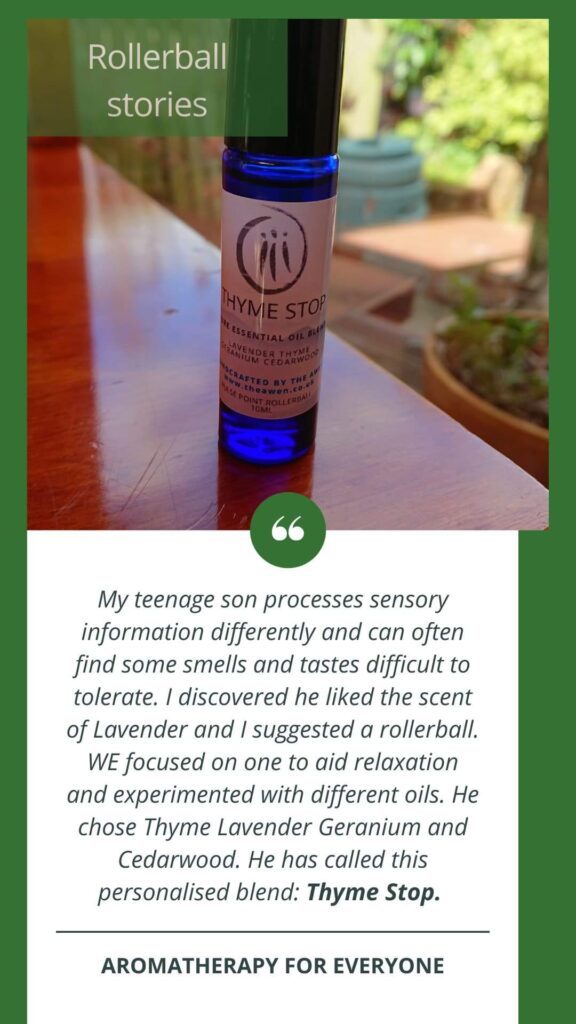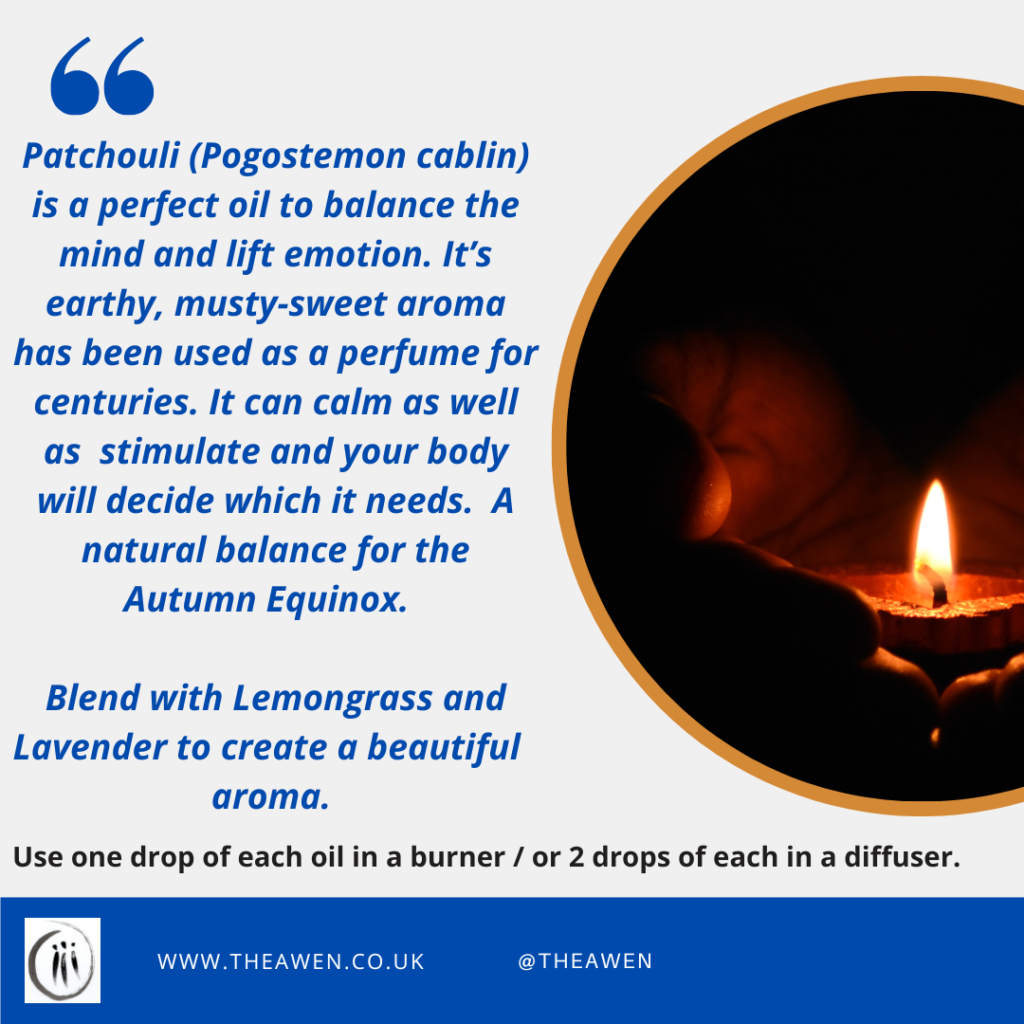
We turn our minds to beautiful Autumn…

Lots of us love this time of year. Whether is it appreciating the seasonal change from a hot summer to cooler temperatures; the visual treat of the changing colours across the landscape; the plentiful and tasty fruit on bushes and trees reminding us of childhood; the feeling of a new year as the children return to school, or if you are a teacher, a new class, new beginnings. But it is also the scents of Autumn, those woody, earthy tones, a crispness in the air, nights drawing in, emerging deep-dark skies. We are gifted with a sensory explosion which is probably why so many of us enjoy this season.
Even though nature offers us so much in terms of scent, there are oils that compliment this time of year which you can have inside too. Here are three oils I love to use in my diffuser or burner. If you are using a burner, add 1 drop of each. If you have a diffuser, 2 drops of each will suffice.
Bitter orange (Citrus aurantium) native to China but grown in California and Mediterranean countries is a cheery oil, full of sunshine therefore provoking a positive and refreshing outlook for this time of year. Like many of the citrus oils, it is an immune booster for colds and flu as well as a tonic for the mind.
Juniper Berry (Juniper communis) is detoxifying oil with a fresh, woody aroma. It can help flush out excess (blocked pores, fluid retention, bloating) so great for a massage but also good for clearing and stimulating a cluttered or anxious mind. It is a warming, relaxing oil.
Cedarwood (Cedrus atlantica) is woody and sweet, good for respiratory conditions and an alternative to Sandalwood if you are looking for a sustainably sourced oil. It is balancing and calming, and is often used for those suffering hair loss and dandruff.
The three oils together a give off a wonderful, relaxing aroma, a perfect compliment to the new season.
Advisory: do not use in pregnancy.
Sound therapy
Rollerball stories….
Benefits of Lavender
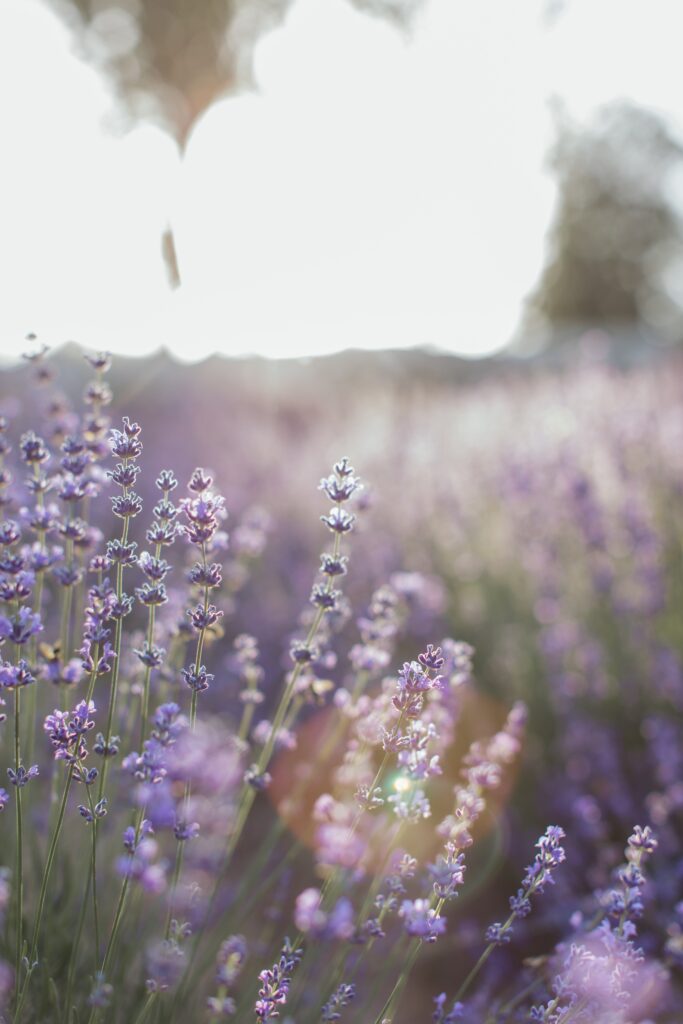
New research published last year has evaluated the effects of the aromatherapy, specifically lavender (Lavanduala Angustafolia) on stress and pain perception in children visiting the dentist.
According to the authors, the findings ‘showed that aromatherapy with lavender essential oil can significantly result in reduced pulse rate and salivary cortisol level in children during dental treatment. The results also found the effectiveness of lavender aromatherapy on the reduction of pain perception during dental injection; therefore, it could be considered as a method for stress and pain control in dental settings in children’ [sic]. (Ghaderi and Solhjou, 2020)
The study explored the effects of lavender essential oil on 24 children attending two dental appointments, one week apart. In the first appointment, lavender was added to a humidifier 30 minutes before treatment but not used in the second appointment.
The children’s anxiety levels, pulse rates, salivary cortisol levels and a face rating scale were measured at different stages of the appointments.
It was noted that the anxiolytic (anti-anxiety) effect of the lavender essential oil could be the result of ‘masking dentistry-related odours’ which children (and adults) can find distressing.
Even so, this is an interesting study and the authors comment that further research using “a non-therapeutic odour as the placebo is needed, in order to assess the therapeutic effect of lavender. ”
Read the article on the FHT blog here.
MENSTRUAL PAIN, ACUPUNCTURE AND AROMATHERAPY
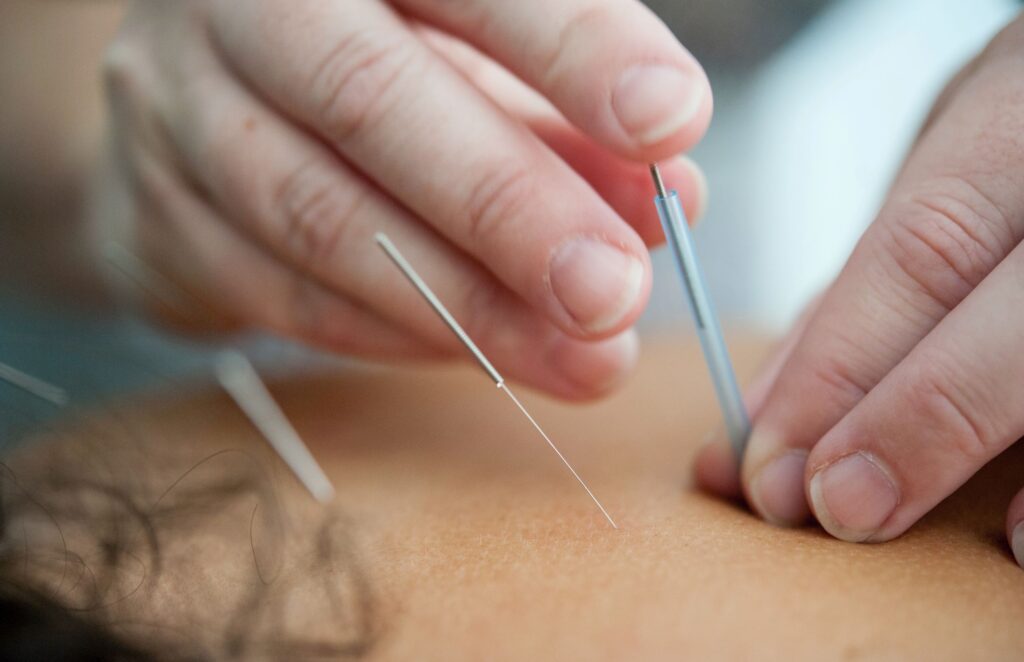
I teamed up with Helen McQue Acupuncture to write about how acupuncture and aromatherapy can help alleviate menstrual pain.
Helen is a gifted Acupuncturist with years of training who runs a busy clinic here in Richmond, North Yorkshire. In April I am hoping to be joining Helen’s practice to deliver aromatherapy to clients (all being well, Covid-fingers-crossed).
This is an exciting time as aromatherapy sits well within the principals of acupuncture and Traditional Chinese Medicine (TCM). Both acupuncture and aromatherapy are holistic therapies whereby we treat the body as a whole and each part of the body is integral to the whole. We see body systems as being connected – mind, body, spirit – as well as connected to nature, and how changes within nature are reflected in and on the body. This can be best understood right now during the winter months when we experience the cold and how this affects us both physically and mentally. Helen discusses this in her blog post in reference to keeping our kidney’s warm – a key feature of TCM.
Similarly, our practises focus on the power of self healing and prevention, and how maintaining balance in the body and mind can help prevent illnesses. TCM talks about this in terms of the yin-yang balance, and in aromatherapy we address balance by harnessing the healing power of chemicals within essential oils to help restore our balance. Helen discusses this in blog in relation to blood stasis and fluid within the body in understanding why and how we experience menstrual pain.
For my own part, I offer ideas for a blend of essential oils also focussing upon balance and warmth, offering different applications to help alleviate menstrual pain. My longer blog post about PMT symptoms and aromatherapy can be found here.
Click here to read the Helen’s blog post. Enjoy!
Any questions, do get in touch with myself or Helen. Helen’s clinic is open and appointments can be booked here or you can find/follow both me and Helen on Facebook, Instagram: @HelenMcQueAcupuncture @theawenaromatherapy for up to date information on acupuncture and aromatherapy. Helen is also on Pintrest.
If you do seek out Acupuncture or Aromatherapy, please make sure you do your homework and ensure that the therapist is trained, qualified and insured.
Stimulating Black pepper
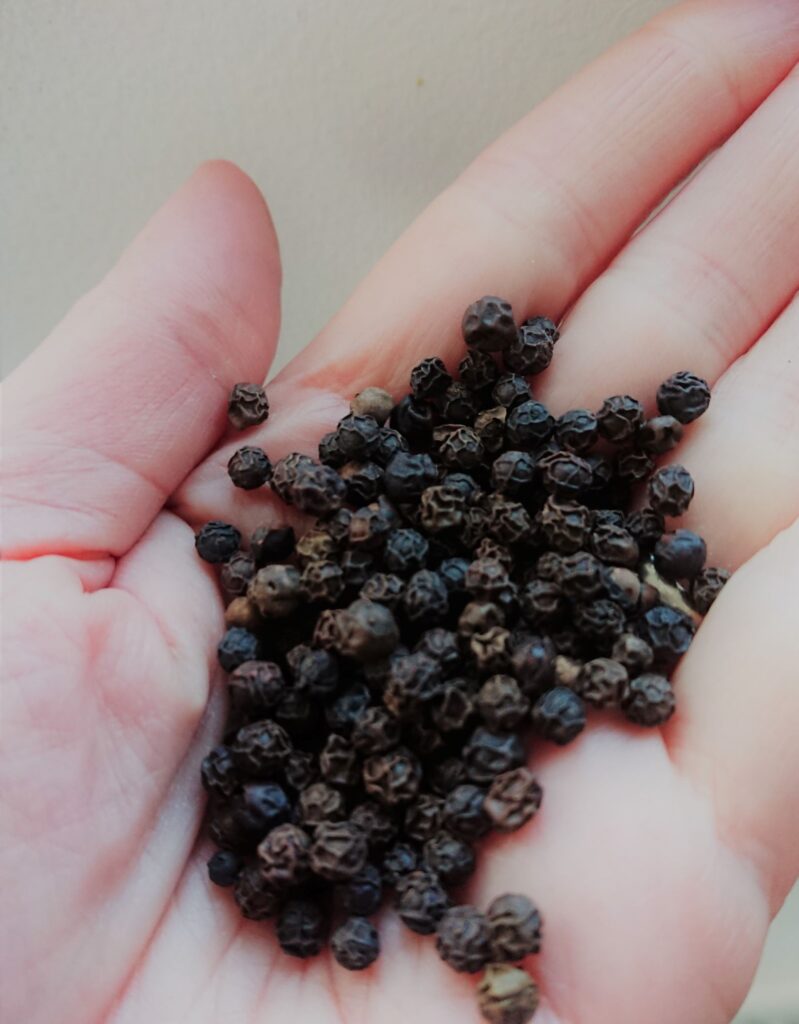
Black pepper (Piper nigrum) is distilled from the dried crushed fruit of the vine and has a sharp, clean, spicy aroma. If I were to sum up this oil in one word it would be stimulating.
It is an oil I turn to when treating muscular-skeletal aches and pains as it is warming, a tonic for tired muscles so good to use before and after sport. It is rubefacient; when applied it reddens the skin due to the dilation of the capillaries therefore excellent for stimulating circulation and the lymphatic system. It has been used for over 4000 years in India to treat urinary and liver disorders because of it’s detoxifying nature.
It can help stimulate digestion, improving one’s appetite and aiding those with constipation. A good decongestant it helps shift catarrh brought on from colds and coughs.
It blends beautifully with citrus oils such as Lemon (Citrus limon) or Orange (Citrus sinensis), or flower oils such as Geranium (Pelargonium graveolens), or a resin oil such as Frankincense (Boswellia sacra).
Due to it’s fiery nature I would avoid using it with the elderly and children, and has the potential to irritate the kidneys and sensitive skin. Avoid in pregnancy and if taking homeopathic remedies.
Soothing Chamomile
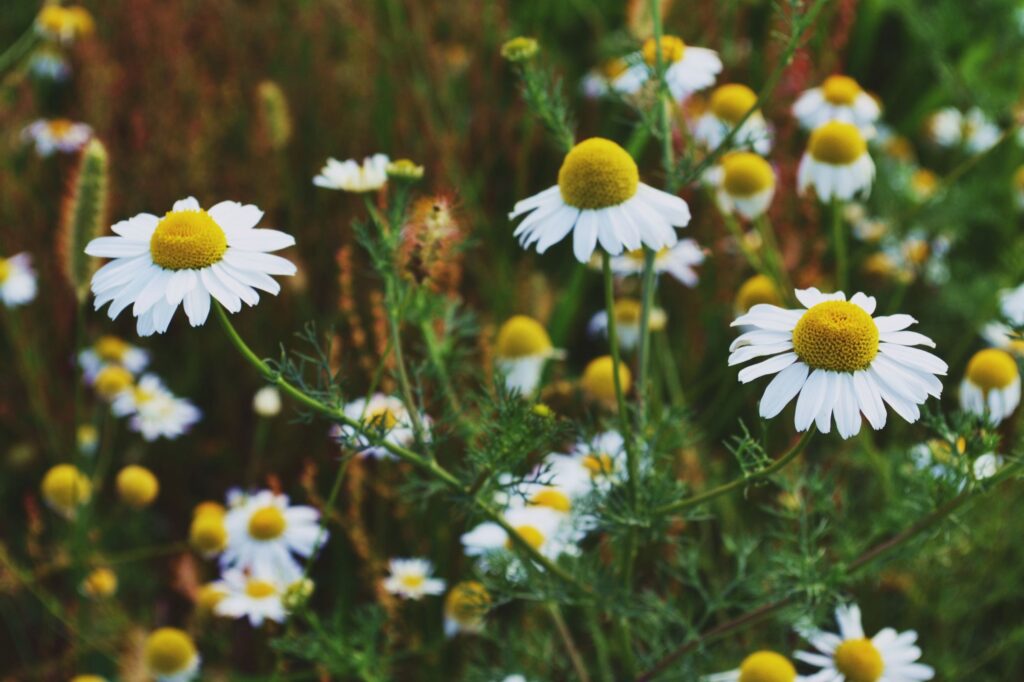
If I was going to sum up Roman Chamomile (Chamaemelum nobile) in one word it would be soothing.
Distilled from the flowers it is readily available as an essential oil, and can also make a lovely tea which could easily become part of your everyday self care routine.
As an oil it has an earthy, fruity, refreshing aroma with a hint of apple.
A highly respected oil, it is gentle and safe – its main constituent being Esters therefore it is gentle and safe making it good for treating the young, elderly and frail. Its soothing anti-inflammatory properties help those with allergies such as hay-fever, eczema and asthma. It’s calming nature is good for when we feel stressed, over-whelmed with worry or anger. It is a potent sedative so great for those who need rest. And it’s comforting properties can soothe premenstrual tension and painful periods as well as digestive issues such as indigestion and cholic.
Applications include adding drops to a body or face oil (blends well with Lemon, Bergamot, Geranium, Lavender, Patchouli, Neroli), or a compress to use with a hot water bottle for a churning stomach or period pain (see blends and applications here).
Another great way is to make a tea by growing Chamomile in your garden which you can dry and add to a brew. You can also buy the dry herbs or tea bags.
Chamomile is emmenagogic so do not use in pregnancy.
I haven’t got time for this!

It was in the nineteenth century that “menstruation began to be regarded as a pathological process”, writes Emily Martin in her wonderful book, Woman in the Body (1987).
The idea being that a woman’s reproductive organs were in control of her body and mind, and that women must conserve her energy as it needed to be redirected to the development and maintenance of her reproductive organs and processes was prevalent. This was further underpinned by the idea that a woman’s primary role in life was (is) to be a wife and mother therefore women and girls were ordered to ‘bed rest’ or worse, domestic duties, to alleviate the ‘effects’ of menstruation. In reality, during the nineteenth century – and today – many women had to work in factories, as servants, in shops so a prescription of years of inactivity was not possible for most women.
Times have changed but women still work. Around 70% of women aged between 16-64 are in paid employment (ONS). Indeed, the menstrual symptoms women were reporting in the nineteenth century are still prevalent now and is commonly described as Pre-Menstural Syndome or Tension (PMS/PMT). In my last post I touched upon the many different symptoms women experience around menstruation, some of which are physical (bloating, cramps, increased weight gain, heavy blood loss, insomnia), others which are mental/emotional, such as:
- Lack of concentration
- Forgetfulness
- Slowness in terms of performing tasks
- Clumsiness
- Lack of efficiency
- Intolerance
- Frustration
- Food cravings (possibly physical)
Martin goes onto ask, how do these symptoms fit into our world of work, our industrialised society? And thinking on, what about women who work a double day – paid work – and then go home and do most of the cooking, childcare, cleaning – sometimes referred to as the ‘chore wars’ or ‘second shift’. Others have referred to it as the “mental load”. Here is an fantastic graphic illustration of this.
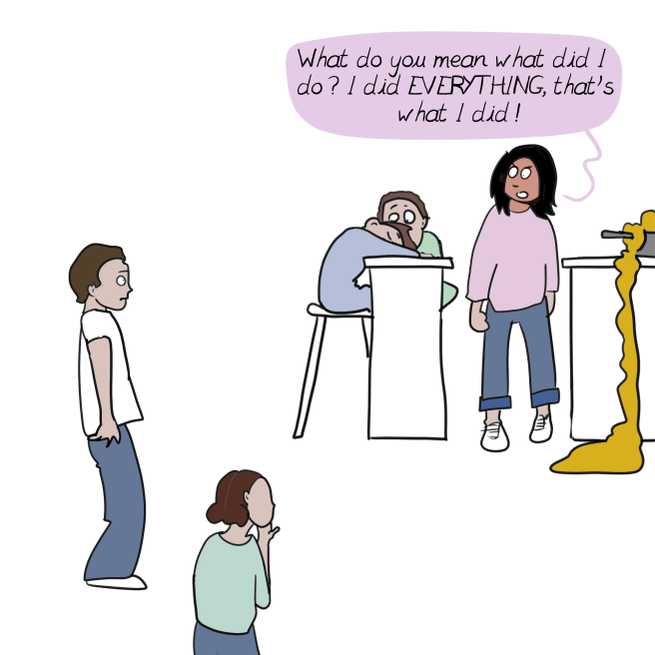
When I used to teach Sociology, I would tell my students that the term ‘working mother’ is common, but do we ever refer to ‘working father’? Of course not. Because we all know what a working mother means – it means if you are a woman, some work is paid, whereas other work – your primary role as wife and mother (taking us back to the nineteenth century) is not. Obviously. That would be wrong, right? Discuss 😉
Martin goes onto talk about how many women see menstruation as a hassle, reporting feelings of unproductivity, intolerance, frustration (see list above). But there are also women who report and abundance of creativity, productivity, clarity at this time. She references the work of Thomas Buckley, an Anthropologist, and his ethnographic study of the Yurok, a Native American tribe who believe that when a woman is menstruating, she is at the height of her powers and should isolate herself to meditate and not be distracted by ‘mundane tasks’ and ‘the opposite sex’. Imagine that? Imagine for 2-5 days every month, you must take time to yourself, be alone if you want to, not be interrupted or distracted, to relax or meditate?
The difference here is that menstruation is viewed as positive, life affirming, creative, spiritual. There are reports that women from other cultures do not experience PMS suggesting that it is a cultural or social phenomenon. I’m not suggesting that PMS is not real in our society but maybe if we took the pressure off women, viewed menstruation not as a ‘hassle’ to fit around our busy working lives but as something to embrace, feel good about, and take time out for, we may have a different experience. Maybe that bed rest advice was good after all?
The oils and applications I am going to suggest for menstruation focus on taking time out, to relax, be kind to yourself as well as helping you boost your concentration, helping you focus and clarify. They all have properties relating to PMS as well as many others that I have outlined below. I want you to embrace your menstrual cycle, give it a hug by taking care of you, relieve the pressure if you can. Even if it’s just a positive affirmation which says: “this is my body, I am going through a process, it’s ok to feel like this.” And if possible, let someone else do the dishes.

A warm bath
I’m always raving about warm baths but how better to relax after a long day, get some well needed time out (lock the door) than have a long, luxurious bath? It’s good prep for bed too especially if you are restless at night.
These oil combinations are designed to help you relax, create a feeling of calm by slowing you down, relieving emotional and physical exhaustion, and helping with fluid retention. You can swap and change the blends to suit your own taste whether it be the sweet, heady Ylang ylang, citrus Bergamot, earthy Chamomile or woody Cypress.
Take a cupful of Epson sea salts and add between 6-8 drops essential oil, pour it into a warm evening bath. You can add more or less depending on what oils you have or you have a preference, just don’t exceed 8 drops.
Blend 1:
2 drops of Bergamot (good for emotional and physical exhaustion, uplifting)
3 drops of Lavender (relaxing, balancing, sedative)
1 drop of Ylang ylang (calming, creates positive emotions, sedative)
Blend 2:
3 drops of Lemongrass (for nervous exhaustion, relaxes muscles, uplifting)
3 drops of Chamomile (calming, relieving anxiety and ibs)
2 drops of Cypress (uplifting, relieves fluid retention, balancing)
Blend 3:
2 drops of Clary sage (relieves fluid retention, balancing, calming)
2 drops of Juniper (clears the mind, detoxifies and relieves fluid retention)
2 drops of Patchouli (uplifting, sedative, relieves stress)
Alternatively, you can buy them ready made and I would recommend any of these: https://kissthemoon.com/collections/bedtime-bath-salts
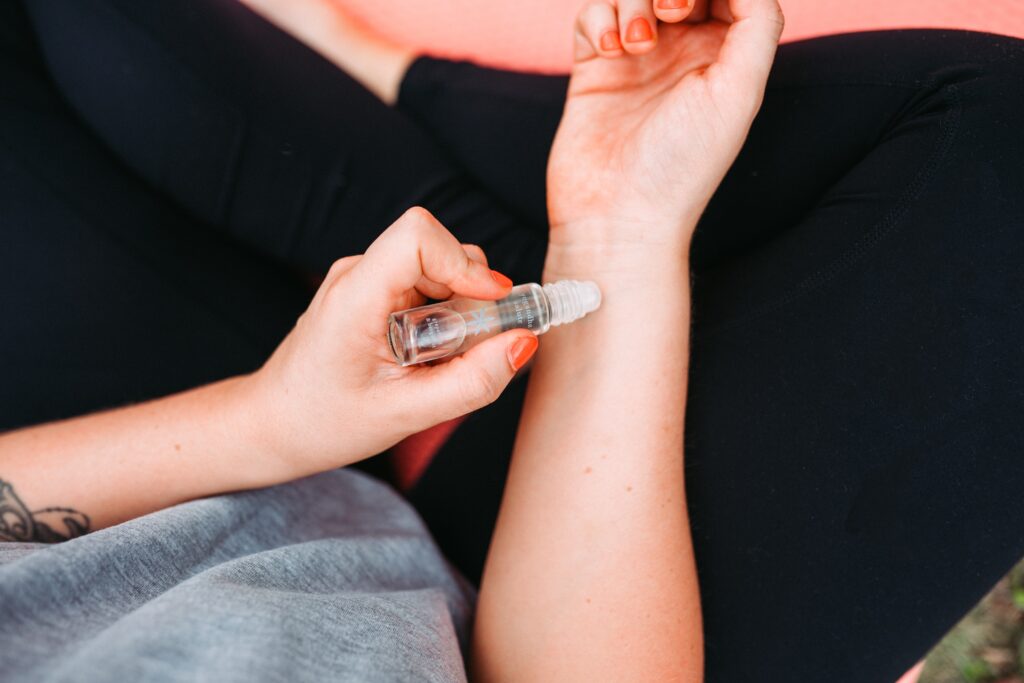
Rollerball
Rollerballs are easy to make. They are also handy to have in your handbag, pocket, in your car, by your bedside table. These combinations are designed to pick you up, improve concentration and alertness as well as help you feel more positive and uplifted by calming the nervous system.
You need a rollerball, 10mls of carrier oil such as sunflower or fractionated coconut, and the essential oils:
Blend 1:
3 drops of Basil (clear the mind of clutter and worry)
3 drops of Rosemary (good for memory, tiredness)
2 drops of Peppermint (cool and refreshing, good for digestion)
Blend 2:
3 drops of Lemon (good for concentration, focus and immunity)
3 drops of Lavender (relaxing, balancing, calming)
2 drops of Patchouli (relieves stress, anxiety, lethargy)
Blend 3:
3 drops of Bergamot (good for emotional and physical exhaustion, uplifting)
3 drops of Marjoram, sweet (soothes over active minds, easing anxiety, indigestion)
2 drops of Neroli (uplifting, calms nerves)
Alternatively, you can buy them ready made and I would recommend any of these: https://www.tisserand.com/body/roller-ball/
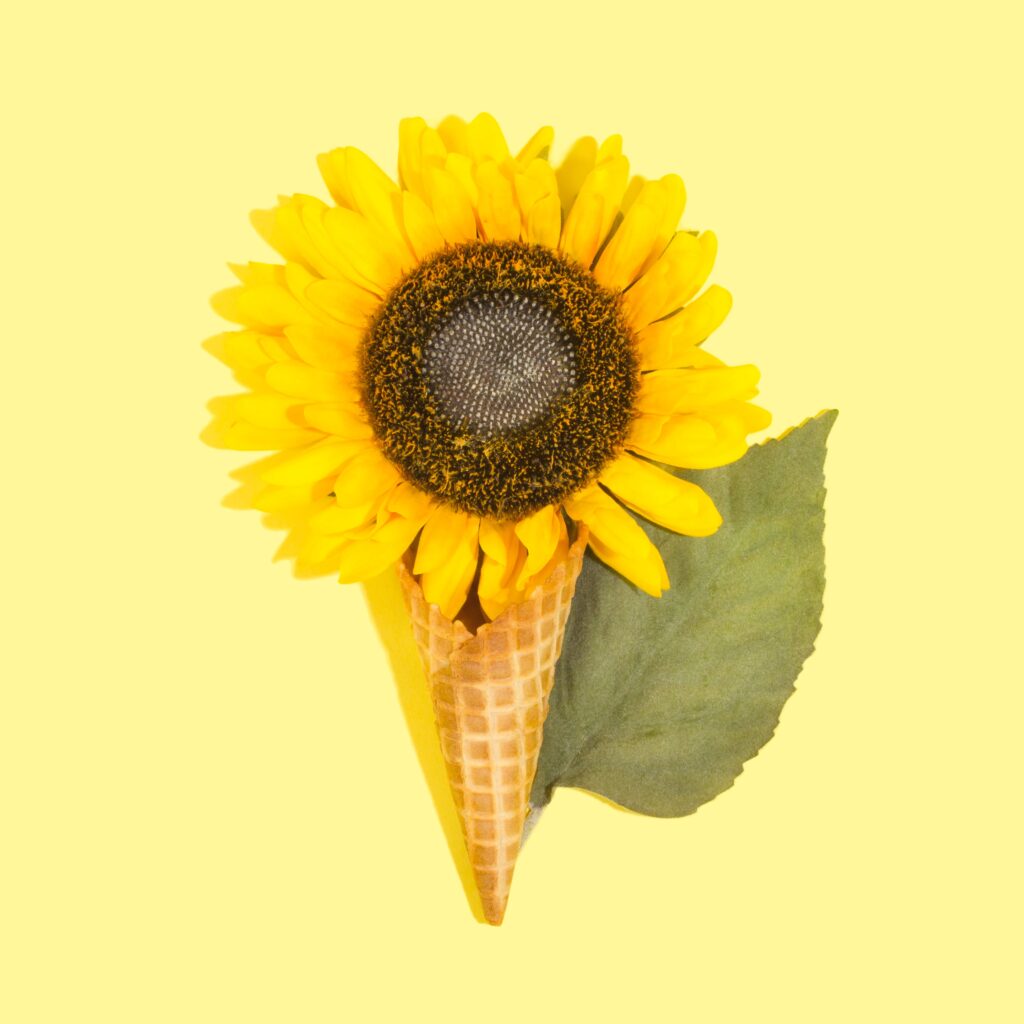
Massage/body oil
Massage or body oils are lovely to rub into your skin after a shower or bath. I would advise not using these if you’ve just had an aromatherapy bath though as you may have oil overload! The oil combinations here are good for skin in general as well as skin that is tender and taut, heavy, painful or irregular periods and fluid retention. They also have uplifting qualities.
Take 100mls of carrier oil such as Grapeseed or Sunflower or Coconut oil. You can add Evening Primrose and Avocado oil too as these are good for skin and for women in particular.
You will need to add 20 drops of essential oils. You can add more of one essential oil if you have a preferred aroma. I’ve added less Base oils into these mixes as they often have a deeper, heavier scent therefore less is more. Or, in the case of Frankincense, it can be expensive.
Blend 1:
8 drops of Basil (clear the mind of clutter and worry)
8 drops of Geranium (balances mind and body, uplifting, stimulates circulation)
4 drops of Frankincense (calming, restorative, meditative)
Blend 2:
8 drops of Orange, sweet (uplifting, tonic for dull/dry skin, good for circulation)
8 drops of Fennel, sweet (cleansing, detoxifying)
4 drops of Patchouli (relieves stress, anxiety, lethargyc, regenerates skin cells)
Blend 3:
8 drops of Mandarin (refreshing, tonic for skin, calming)
8 drops of Lavender (relaxing, balancing, calming)
4 drops of Ylang ylang (calming, helps restore positive emotions, tonic for skin)
Alternatively, you can buy them ready made and I would recommend any of these: https://www.nealsyardremedies.com/bath-body/body/massage-body-oils.list
Safety data: Do not use in pregnancy, consult a qualified Aromatherapist if you have any concerns, do not ingest oils, keep away from children, away from eyes. If you suffer any reaction to the skin, or you feel unwell in any way, stop using immediately. If symptoms persist, consult your doctor.
Menstruation: The Menarche
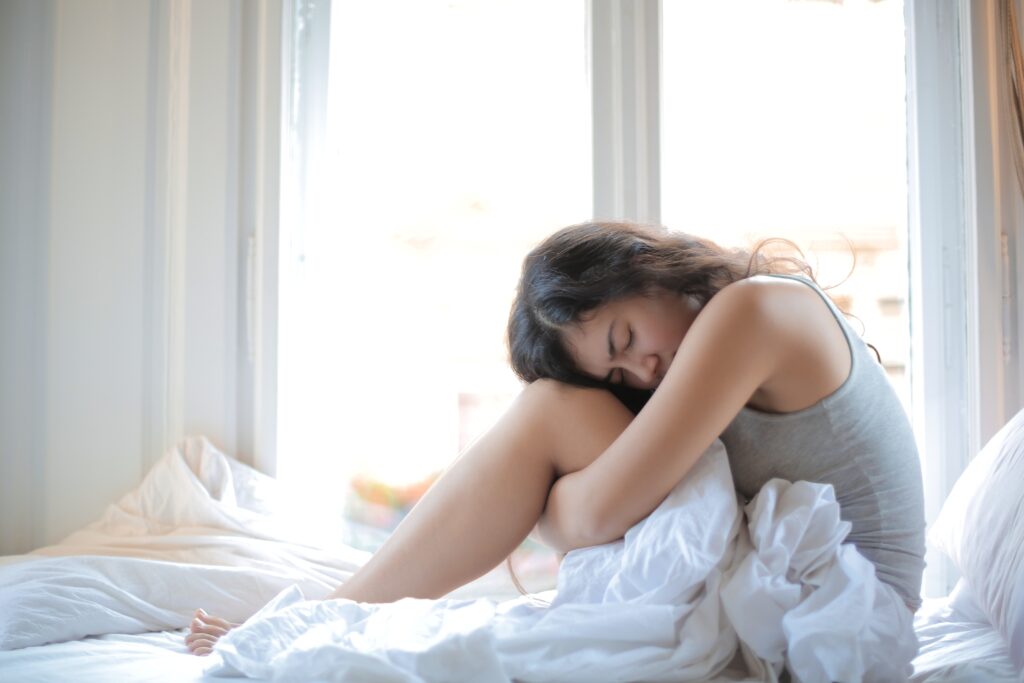
In this series of posts, I am writing about the menstrual cycle. Starting from the onset of menstruation called the Menarche through to menopause and all that happens in between!
And, importantly, how oils can help and support us through our ‘menstrual life’, how to apply the oils to suit different symptoms including oil preferences as well as some evidence to support these suggestions.
This post is going to focus on the Menarche (the onset) up to 18 years old where most young women’s menstrual cycle has regulated. The next post will focus up to the age of around 25-30 years old as it is at this time that some women have their first child.
ONS statistics (2017) reveal the average age for first time mothers is around 28 years old, first time fathers are around 33. It is commonly understood that women and girls have a ‘child-bearing age’ – and I use this term cautiously – which is between the ages of 15 and 45 and although having a baby affects a woman’s menstrual cycle, I use the term as a bench-mark only and am in no way suggesting that all women should or will or want to conceive during this time. It’s worth noting here that there are some oils which should not be used during pregnancy and breast feeding – see safety advice at the end.
Indeed, the social and cultural expectations of women and girls in terms of menstruation, body image, fertility, child-birth and menopause is something I am also going to touch upon in these posts (particularly the next one) as I believe this affects both our physical and mental experience of menstruation, in particular symptoms such as PMS.
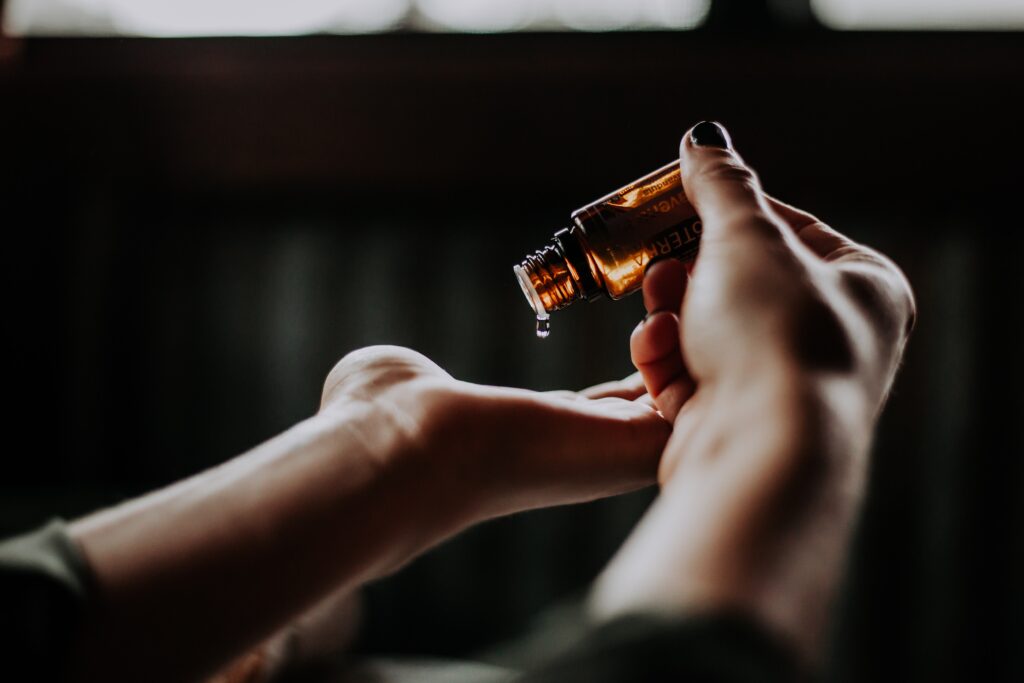
Oils for onset:
The Menarche – also known as female puberty – usually begins at around the age of 12 although some girls will start earlier or later. During this time, a girl’s period may be irregular and unpredictable, however, often by the age of 16-18 most girls will have a regular cycle.
A lot is happening within our bodies during the menstrual cycle, the hormones oestrogen and progesterone are released which function to regulate the process. These hormones are powerful chemicals and represent a huge bodily change for girls therefore it is no wonder a wide range of symptoms can occur during the time of onset. These include:
- Cramps, pain in your lower belly or lower back
- Bloating, when your belly feels swollen
- Breakouts of spots, oily hair
- Sore breasts
- Feeling tired
- Mood swings, emotions can change quickly, you you feel sad, angry, or anxious
So how can Aromatherapy help us address some, or all, of these symptoms?
An Aromatherapist blends oils to create what is called synergy. Synergy is the ratio of blending whereby each oil has its own properties and by blending with other oils complement each other thus creating a unique blend. Your own preference is part of the process not just in terms of symptoms but aromas. You have to like the scent! There will be some aromas you will not like, and this is factored into the blend. Luckily, there are lots of oils out there so something for everyone.
The oils I have suggested, and the combinations, work well for regulating periods as well as all the symptoms outlined above. For example, cramps can often occur during the days leading up to and the first few days of your period, when your period may be heavier, this can make you feel uncomfortable, your lower abdomen may feel bloated and taut, your breasts may be sore and tender, and all this this can make you feel tired and irritable. You can see here how the symptom of cramps relates to other symptoms like emotions and sleep, and by addressing one symptom, you can address them all. This is the nature of good Aromatherapy.
Suggested oils for balance and regulation:
Basil (Ocimum basilicum) has a clean, warm aroma. It’s an inexpensive oil, rich in Phenols which have a painkilling effect, making it antispasmodic too and is described as hormone-like because it stimulates the endocrine system which can make you sweat. Basil is therefore quite a powerful essential oil and should be used with caution. For example, it can stimulate menstruation so should not be used in pregnancy (see safety advice at the end) yet in this sense it can help regulate periods. It is carminative too, and I often use it to help declutter and focus the mind; it is uplifting and cephalic, meaning it is good for headaches as well as helping you relax and sleep.
Clary Sage (Salvia sclarea) has a sweet, earthy, nutty aroma, rich in Esters. This chemical constituent is known to be balancing (oestrogen-like), calming, healing, clarifying and uplifting. Clary Sage is a gentle and safe, good for the young, old and frail, helping to relax muscles, reduce spasms, aiding nervous tension, and fluid retention. It is warming and smells incredible, and I have raved about it’s virtues in a previous post. It is sedative so good before bedtime however, be careful if consuming alcohol after use as it can induce colour dreams or nightmares!
Geranium (Pelargonium graveolens) is a beautiful, floral sweet oil, somewhat heady with citrus aromas containing Eugenol, making it good for inflammation, pain, calming painful periods and the stress that this can invoke. Geranium balances our hormones, acting on the adrenal cortex to regulate hormone function, and stimulating the circulatory system therefore improving water retention by eliminating waste and breast congestion. Traditionally used as a healing plant to ward off evil spirits, Geranium also as a strong bactericidal action and is good for congested skin, balancing sebum production (oil produced on the face). More on Geranium here.
Marjoram, sweet (Origanum majorana) is warm and spicy, containing Alcohols and Terpenes, good for pain and scanty periods therefore regulating. It is hypotensive, like Clary sage, and calms the nervous system, balancing emotions, soothing headaches. It improves poor circulation so good for fluid retention. It can be sedative which will aid sleep, bringing peace and relaxation to over-active minds.
Rose (Rosa centifolia or Rosa damascene). Both Rose varieties have similar properties in that they relieve symptoms of nervous tenson, stimulate positive emotions and regulating menstrual problems such as pain, anxiety and stress. They can also be used to aid sleep, and for men, can increase semen production. In fact, Rose is well known as an aphrodisiac and is ‘adaptogenic’ as it has properties that both relax AND stimulate. It is an expensive oil so you can buy it diluted (5% blend with a carrier oil) or if you do buy the essential oil, use it sparingly. One drop is enough.
Ylang ylang (Canaga odorata) is another sweet, heavy oil with many different chemical constituents and properties. It is a calming oil, good for depression, easing tired, cluttered and over worked minds, addressing feelings of anger, fear and frustration. It is sedative, slowing down the heart rate, regulating adrenalin production as well as balancing hormones. It has a very distinct aroma so may not suit everyone but blended well, it can help create a sense of calm and encourage a positive outlook. More on Ylang ylang here.
Suggested blends:
*Blend 1:
- 2-3 drops of Basil
- 2-3 drops of Geranium
- 1 drop of Ylang ylang
*Blend 2:
- 2-3 drops of Clary sage
- 2-3 drops of Marjoram, sweet
- 1 drop of Rose
Alternatives:
Lavender (Lavendula angustafolia) is an oil that most people are familiar with, it is inexpensive and readily available. The therapeutic benefits are that it is anti-inflammatory, anti-depressant, anti-spasmodic, bactericidal, detoxifying as well as balancing, calming, hypotensive. I would suggest substituting Lavender in either blend if you don’t have Rose, or Geranium or any of the other oils (just make sure you stick to the correct quantities/drops – up to 8 drops per blend). And because Lavender has such a familiar aroma it is often a favourite. In fact, using it on its own is excellent too.
Juniper berry (Juniperus communis) is often used for missed periods, bloating, vaginal discharge too. It is also good for the nervous system, over exhaustion, stress and tension. It is both stimulating and sedative (adaptogenic) as it can clear blocked pores, remove excess fluid and stimulate the mind yet is calming and relaxing. It is rich in Alcohols and Terpenes and can be expensive however, make sure you buy using the Latin name to ensure you are getting oil from the berry and not the twigs and leaves. Again, it can be substituted for Marjoram or Geranium in the suggested blends. One note of caution, it is a diuretic (removes water from the body) and should be avoided if you have renal disease. See my earlier post on Juniper berry.
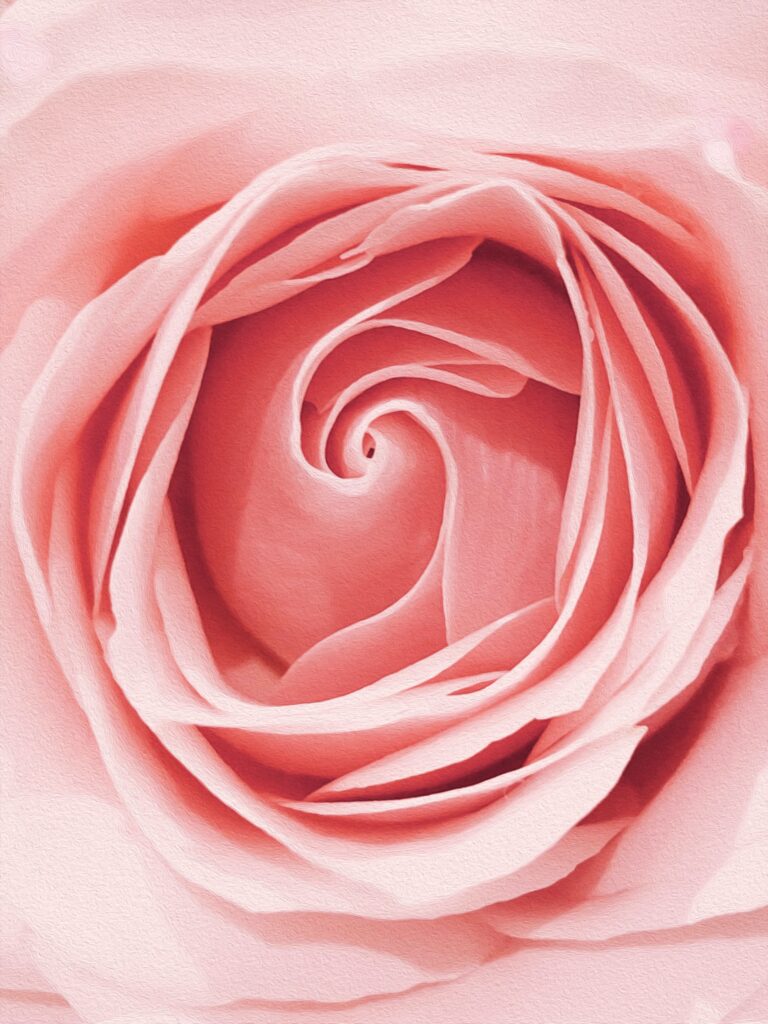
Soothing warmth for bloating and muscle cramps:
What you will need:
- Old cotton pillowcase
- Filled hot water bottle
- Bowl
- 2-3 litres of warm water
- Essential oils (6-8 drops of Blend 1 or 2)
Method:
Fill the bowl with the warm water and add 6-8 drops of Blend 1 or 2.
Dip the pillowcase onto the water so that it scoops up the oil, you want it damp not soaking.
Wring out the excess water and turn the pillowcase inside out, wrapping it around the hot water bottle so that the oil side is on the outside and will be nearest your tummy.
Place onto your bare tummy for soothing warmth. Leave the scent of the oils on for as long as possible.
If you get oil onto your clothes, wash at 60 degrees. Also, as essential oils are corrosive, it may damage the rubber of the water bottle if it does not come with a cover.
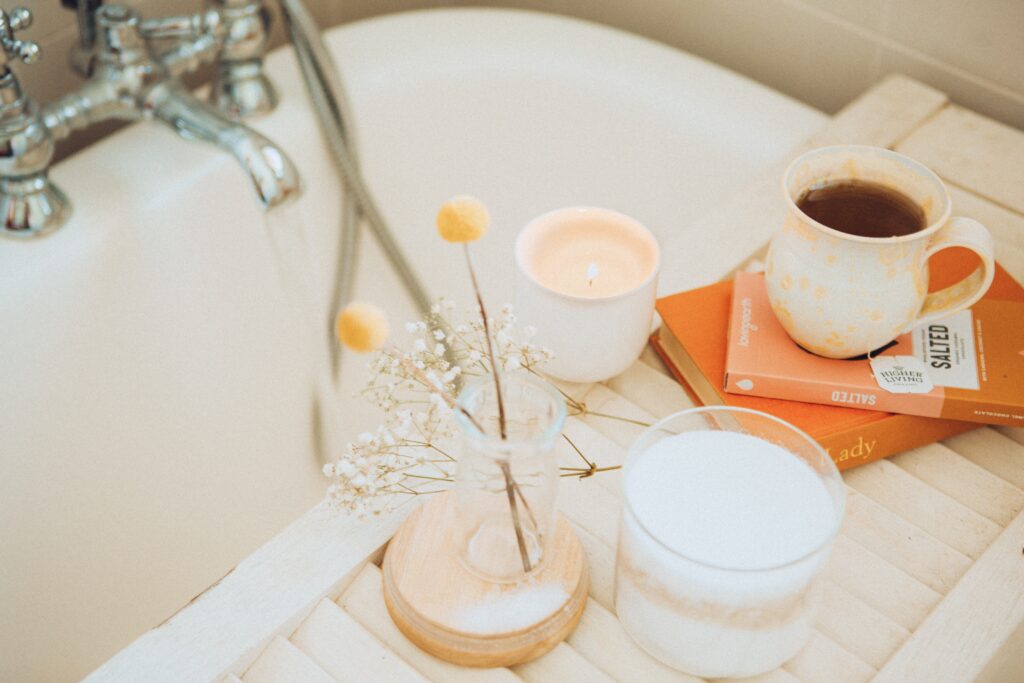
Warming salt bath:
Baths are good for insomnia, addressing night time anxiety and stress, helping to relax muscles, cramps, as well as helping with digestive and circulatory soothing for fluid retention, nausea and constipation:
Preparing your bath:
- add Blend 1 or 2 into a cup of Epson salts (around 100g).
- Add the salts and blend to a warm bath before bedtime.
See my earlier post for the benefits of a warm bath.
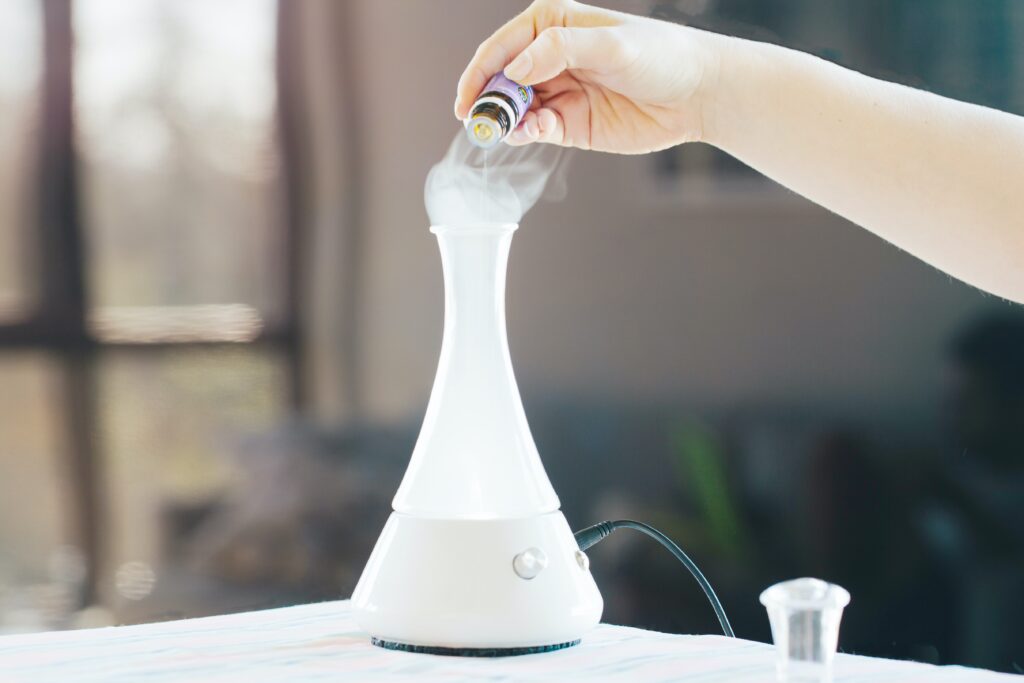
Diffuser or oil burner:
Mental clarity/brain fog, fatigue, mood, headaches.
- Follow instructions on the diffuser (6-8 drops) add Blend 1 or 2.
- If you have an oil burner, add one drop from either Blend 1 or 2 (for example, 1 x Clary sage, 1 x Marjoram, 1 x Rose) into 2 teaspoons of water and light the candle underneath.
*Safety advice when using oils: Do not use the oils if pregnant as many can bring on menstruation such as Basil. If you use the oils and you get a rash, or feel faint, or unwell in any way, stop using them immediately and if symptoms persist, consult a doctor. Some oils cannot be used if taking immunosuppresents, consult your doctor or a qualified Aromatherapist before you use oils.
